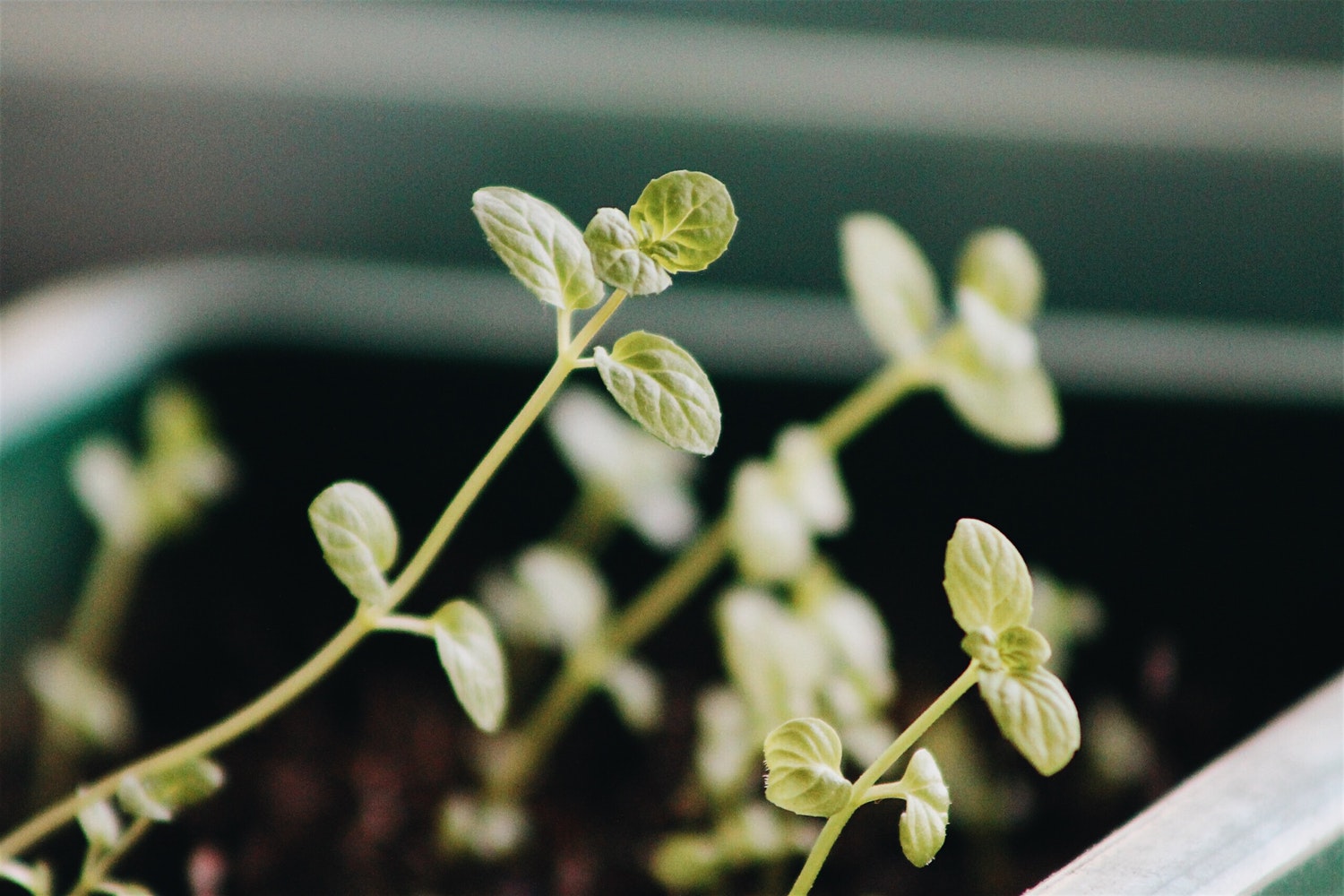
How to Grow Plant Seeds. 5 Easy Steps
Through Autumn and Winter one of my favourite pastimes is browsing seed catalogues and online seed shops. Now is the best time to start sowing some of the ones I obtained and also some that I collected from my garden. Read on to learn How to Grow Seeds 5 Easy Steps.

For me planting seeds is very therapeutic and though it requires in no small measure, patience and optimism, it is a very calming task to do. Imagine all the flowers, colour and fragrance you are growing and nurturing for your garden. Flower Garden Colour Combinations
How To Grow Plant Seeds 5 Easy Steps
It really is quite straightforward and extremely relaxing after a busy day, also it’s rewarding to know that you, your garden and wildlife will all benefit from your endeavours.
What Do You Need?
- Seed trays and/or small pots
- Your selection of seeds
- Seed compost
- Water
- A plastic cover
- Propagator (optional) Electric-heated-propagator
- A warm place
5 Easy Steps
- Fill a seed tray with seed compost and water it sparingly so that the compost is damp.
- Sprinkle the seeds on the surface and cover with a thin layer of compost.
- Cover the tray, or place in a clear plastic bag.
- Keep them somewhere warm, away from draughts until they germinate.
- When the seedlings have their first true leaves and are large enough to handle, gently lift them from the tray, taking care not to damage the roots and transplant them into individual pots with fresh compost.
By sowing seeds this way means that you can get a head start with tender plants. When your seedlings are larger, healthy plants they can go outside to acclimatise for a couple of weeks before planting them in their final place in the garden.
Tips For Growing Seeds
A great tip for sowing sweet peas is to use the cardboard centre from toilet paper rolls, sweet peas need good root space, so one seed per roll and plant in the same way as above.
When the plants are strong you can plant the cardboard ‘pot’ with the seedling straight into the earth, thereby causing less root disturbance. The pot will biodegrade naturally.
You really don’t need any fancy equipment although electric propagators are available and will keep seeds at an even temperature.
Seed trays placed on the windowsills will do the job just as well.
Vegetables, Annuals and Biennials
Many vegetable seeds and ornamental seeds can be sown directly outdoors.
Remove any plastic or fleece covers from the seed-bed. Ensure the seed-bed is weed free and the soil is of a fine, crumbly texture.
Make shallow drills in straight lines and water before popping the seeds in, evenly spaced.
Gently cover the seeds over with soil.
Label each row.
Cover with protective fleece.
Keep them watered in dry weather and weed free.
Alternatively ornamental annuals and biennials can be sown in drifts, this results in a more natural look to your borders. For flowers it is more aesthetically pleasing in my opinion than straight rows.
There are a huge variety of seeds for the ornamental garden and the vegetable garden that can be sown now.
Sweetpeas, cosmos, hardy annuals, wildflower mix, calendula and cornflower.
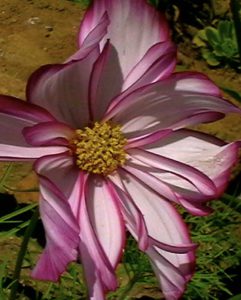
Tomatoes, peppers, salads, broad beans, beetroot, Swiss chard,
to mention but a few.
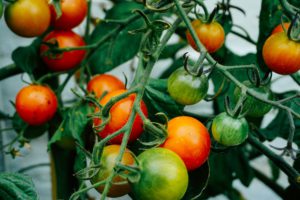
Go on…have ago at growing your plants from seed, you will have a massive sense of achievement and accomplishment by doing so!
Plants can be propagated from Cuttings too, to find out how to take root cuttings read my
How to Take Root Cuttings. A Step by Step Guide article.
To learn how to propagate shrubs and woody perennial plants read my guide on Hardwood Cuttings Technique-5 Easy Steps
Happy Gardening!

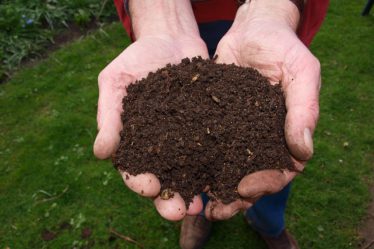

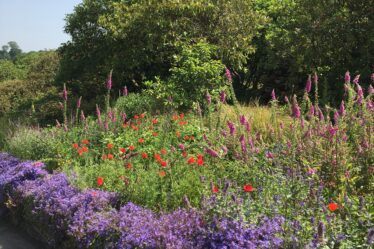

This is a great post and am intrigued by this part By sowing seeds this way means that you can get a head start with tender plants, when your seedlings are larger, healthy plants they can go outside to acclimatize for a couple of weeks before planting them in their final place in the garden. Nice Post incisive information passed across to the readers and am sure this write up together couldn’t have been better nice job
Hello Dammy, thank you for your comments, gardening is really quite straight forward, I aim to take the fear away and show folks how simple it is to grow flowers, plants etc and have a beautiful garden.
Best Wishes
Louise
I’ve always felt people overcomplicate the gardening process. It’s really a simple method that I remember doing in science class back when I was in grade school. We used to put them in trays and tend to them daily; they’d grow throughout the last portion of the year (April/May) and we often took them home before taking our summer vacation. It’s an excellent hobby for one to embark on.
Hello agiain, yes it is an excellent hobby and I might add, career choice too. Great that you learnt some growing techniques in school…Some of our schools here have wonderful opportunities for children to learn gardening.
School gardens are essential in my opinion
Best Wishes
Louise
Hi Louise
It’s great timing that I’ve read your article as I’m preparing to sow some spinach seeds with my 5-year old this week. The 5 easy steps you have mentioned will come in handy for this, including your tips too.
Once the seedlings have their first true leaves and transplanted into separate pots, would they be able to survive the outside climate yet? Our garden is not big enough to plant anything so I’m planning on growing the spinach in a container.
Thanks
Teresa
Hello Teresa, In the UK we can plant spinach outdoors from end of March , average temperature then is about 15 to 20 degrees. It’s wonderful to hear you have your 5 year old helping.
Happy Gardening
Louise
Thanks for the info Louise, I’ll be sure to bear that on mind as I’m in the UK too.